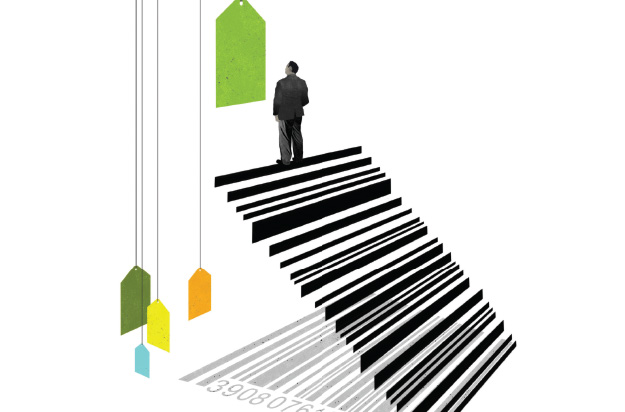Winter 2016: Energy Evolution
From carbon dioxide conversion to landfill mining, researchers at UTA are seeking viable alternative energy options.
Skip to content. Skip to main navigation.
From carbon dioxide conversion to landfill mining, researchers at UTA are seeking viable alternative energy options.
Found in everything from space shuttles to dental fillings, composite materials have thoroughly infiltrated modern society. But their potential is still greatly untapped, offering researchers ample opportunity for discovery.
Within the particle showers created at the Large Hadron Collider, answers to some of the universe’s mysteries are waiting.
Model systems like pigeons can help illuminate our own evolutionary and genomic history.
UT Arlington's tiny windmills are bringing renewable energy to a whole new scale.
The stability of our highways, pipelines, and even manholes is reaching a breaking point.
Scientists believe they have discovered a subatomic particle that is crucial to understanding the universe.
UT Arlington researchers unlock clues to the human body’s most mysterious and complex organ.
UT Arlington researchers probe the hidden world of microbes in search of renewable energy sources.
Wounded soldiers are benefiting from Robert Gatchel’s program that combines physical rehabilitation with treatment for post-traumatic stress disorder.
Tiny sensors implanted in the body show promise in combating acid reflux disease, pain and other health problems.
Nanotechnology researchers pursue hybrid silicon chips with life-saving potential.
Biomedical engineers combat diseases with procedures that are painless to patients.

Marketing Assistant Professor Narayanan Janakiraman believes that what happens when customers return purchases is just as important as when they buy them. And his findings may sway some policy changes.
Along with doctoral candidate Holly Syrdal and UT Dallas graduate student Ryan Freling, Dr. Janakiraman conducted a meta-analysis of retail return policies. The team analyzed more than 20 academic papers on the topic, reviewing each business’ “leniency” in five categories: time (e.g., 60-day vs. 30-day return policy); monetary (e.g., 100 percent vs. 80 percent money-back guarantee), effort (e.g., no forms required vs. forms required), scope (e.g., accepting vs. not accepting returns on sale items), and exchange (e.g., cash back vs. store credit).
In the resulting study, published in The Journal of Retailing, they showed that return policies offering consumers more monetary rewards were likely to increase purchases. Further, businesses that want to reduce returns should relax only specific aspects of their return policies, like exchange or scope leniency.
“There is an inherent belief among businesses that lenient return policies increase product purchase. While that is true sometimes, businesses must be wary of being too lenient,” says Janakiraman. “This meta-analysis shows that retailers may be better served by creating more complex return policies that vary along multiple dimensions instead of just a few.”
He and his team found that the return policy factors that ultimately increase purchases are money and effort leniency—for instance, offering a 100 percent, money-back guarantee with no forms required. Leniency in these categories increases returns, while leniency in the time and exchange categories reduces returns.
“During Super Bowl season, for example, you have quite a few consumers who purchase big-screen TVs for the event and then return them after the game is played. Those businesses need to tighten their return policies because a liberal return policy is costing them thousands of dollars,” Janakiraman says. “Selling TVs during that time of the year isn’t the same as selling a pair of pants.”
Illustration by Brian Stauffer